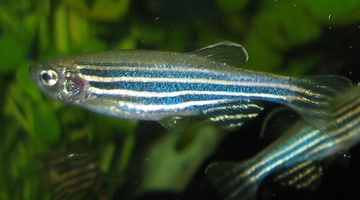What do scientists need to do in order to obtain ethical approval for research involving animals. Which animals does this apply to?
Transcript
Don Love (Auckland University): If you look at the Animal Welfare Act (1999) you will find that fish feature on there as an animal, and so if I wish to manipulate the zebrafish then it would require an application to the institution’s animal ethics committee.
The questions really boil down to: What are you doing? Why are you doing it? How are you doing it? What are the contingencies? What adverse outcomes would be present in this work and how are you going to deal with it when you see it? And there has to be scientific justification, statistical justification, ethical justification, and the committee then assess that.
There is a fine line … not a fine line, a demarcation if you wish … if I were to do experiments on a mouse, I can impose an insult [change] in the first half of gestation of a mouse in utero, let’s say. And if I do that, that does not feature as a manipulation under the Animal Welfare Act (1999) [at least in terms of the embryos, although the mother has been affected and so she has been manipulated!].
It’s in the last half of gestation and longer [that the Act is concerned with]. With regard to fish, I think the demarcation is 72 hours; I can impose perhaps a DNA-based insult, or chemical insult, on very early zygotes up 72 hours, and formally – formally! – you do not need animal ethics approval for that. However, at the University of Auckland, I think correctly, the committee likes to know what is going on and so an application is submitted to the committee to evaluate the work that we do.
And so whether I am imposing insults or changes on very early embryos or later ones, it just goes through as an AEC (Auckland Ethics Committee) application and they would judge it accordingly.


